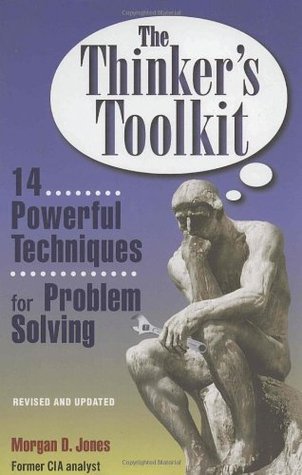What do you think?
Rate this book


384 pages, Paperback
First published October 3, 1995
And what does structuring do? It separates a problem into its constituent elements in an organized way that enables us to focus on each one separately, systematically, and sufficiently.